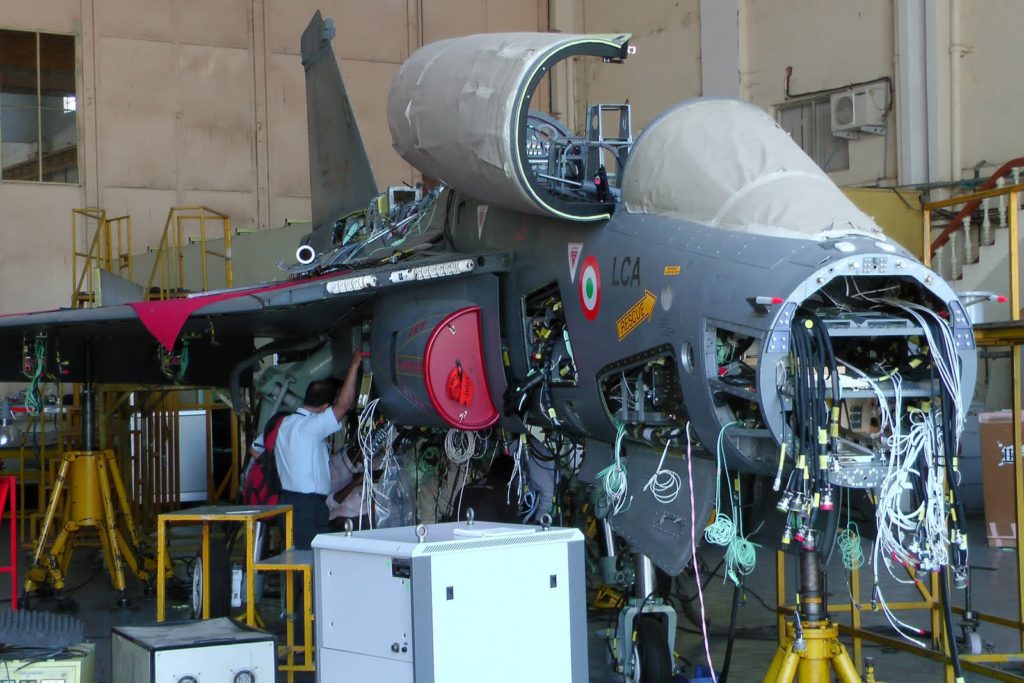NEW DELHI: India has finalised a new system to speed up sale of military equipment to friendly countries like Bangladesh, Vietnam, Sri Lanka, Afghanistan, Myanmar and others through defence lines of credit (LoC), which is akin to the much-touted foreign military sales (FMS) programme of the US.
Defence ministry officials say the new standard operating procedure (SOP), finalised in consultation with the external affairs ministry, will “substantially enhance the pace of utilisation of the defence LoCs” extended to friendly countries.
This will not only help India boost its arms exports, which are almost negligible as of now, but also prevent third parties like China from undercutting India in countries like Bangladesh, Sri Lanka and Myanmar in terms of weapon supplies.
“The SOP is being operationalised for defence PSUs and the Ordnance Factory Board at present. After its working stabilises, the SOP will be extended to private sector companies producing defence equipment,” said an official.
The SOP will apply to both fresh as well as unutilised defence LoCs. India, for instance, has extended defence LoCs worth $500 million each to Vietnam and Bangladesh but their actual execution has been quite patchy. A major hurdle in the implementation of defence LOCs has been the long-winded complex process of “price discovery” of the defence products identified by the friendly countries.
Under the new SOP, the Indian defence companies will now “directly quote” the prices of the identified products at the rate they were sold to the Indian armed forces, with built-in escalation and exchange costs. “Earlier, the process would get bogged down in bottle-necks. The overall aim of the new SOP is to shorten the negotiations and price discovery process,” said the official.
India, of course, cannot hope to match China in terms of arms exports, grappling as it continues to do with the strategically-vulnerable position of being the world’s largest arms importer due to a fledgling indigenous defence industrial base.
China has emerged as the world’s fifth largest arms exporter — after the US, Russia, France and Germany — by a determined focus on indigenous defence production and reverse-engineering of advanced military technology. China’s biggest arms clients are Pakistan, Bangladesh and Algeria, with Beijing even supplying submarines and corvettes to Dhaka.
While India still does not have a robust defence production sector, it does have some weapons systems like the BrahMos supersonic cruise missiles, produced in collaboration with Russia, and indigenous ones like the Akash surface-to-air missile systems, Tejas light combat aircraft and Dhruv advanced light helicopters, which can be successfully exported to other countries.
Incidentally, India has bought most of its weapon systems from the US, like the C-17 Globemaster-III strategic airlifters, C-130J “Super Hercules” planes and M-777 ultralight howitzers, through its FMS programme. India considers the FMS route much swifter and cleaner than the cumbersome global tender process, which takes several years and is often derailed by allegations of corruption here.
Source: ToI
Image Courtesy: Ajay Shukla
You may also like
-
IAF Aircraft Set Course For Exercise Eastern Bridge VII At Oman
-
IAF Set To Host The Indian Defence Aviation Exposition-II At Jodhpur
-
Defence Secretary to co-chair 5th India-Philippines Joint Defence Cooperation Committee meeting in Manila
-
Simultaneous Launch Of ‘malpe And Mulki’, Fourth And Fifth Ships Of Asw Swc (Csl) Project
-
Aatmanirbharta in Defence: MoD signs Contract with HAL for 240 AL-31FP Aero Engines for Su-30MKI Aircraft
